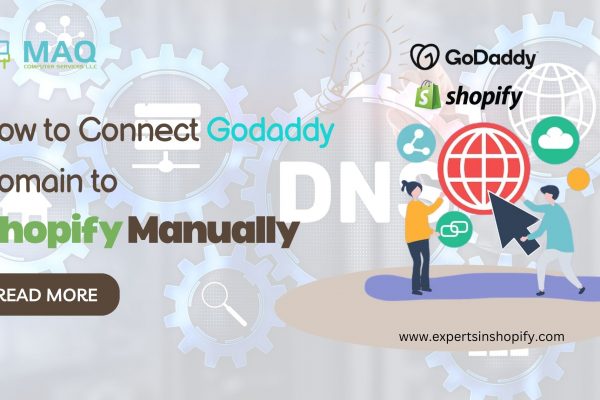In today’s fast-paced e-commerce market, your Shopify store speed is critical to its success. Slow-loading websites can annoy potential consumers, resulting in greater bounce rates and wasted income. Conversely, a speedy shop increases user experience, search engine rankings, and conversions. Here are some results-oriented strategies and methods for improving the performance of your Shopify store.
Shopify Store Speed Result-Driven Tips and Tricks
Choose a Lightweight and Optimized Theme
Your store’s theme has a direct influence on its performance. Choose a lightweight, speed-optimized Shopify theme, as some themes might be cumbersome with superfluous scripts and functionality. When choosing a theme, consider its loading speed and a basic design that provides the necessary functions for your business. Shopify has various well-optimized themes designed with performance in mind.

Compress Images
Images are essential in e-commerce, but they may also be one of the primary causes of a slow-loading website. Compressing your photographs without sacrificing quality is an easy way to increase your store’s speed. Use Shopify programs like TinyIMG or ImageOptim to compress photos automatically, or use free tools like TinyPNG before submitting them. Use the suitable image format—JPEG for pictures, PNG for graphics with transparent backgrounds.
Use a Content Delivery Network (CDN)
A CDN enables you to offer your store’s content from servers throughout the world. Shopify already includes a built-in CDN that guarantees static assets (such as photos and stylesheets) are sent from servers close to the user, dramatically reducing page load times. If your shop is huge or receives visitors from various areas, you should consider optimizing how your CDN is used by strategically caching material.
Minimize HTTP Requests
Every time a visitor visits your shop, their browser sends many HTTP requests to load pictures, scripts, and stylesheets. The more requests your shop processes, the slower it loads. To minimize the amount of HTTP requests:
- Combine many CSS files into one.
- Combine many JavaScript files.
- Use Shopify’s postponed loading feature to load non-essential scripts after the first-page load.
Enable Lazy Loading for Images
Lazy loading guarantees that pictures load only when the user is going to view them. This prevents all of the photos from loading at once, resulting in a faster first-page load. Shopify themes frequently allow lazy loading, which may be enabled via the theme options or by utilizing an app such as Lozad’s Lazy Load.
Reduce Redirects
Redirects are crucial for directing clients to updated sites or reorganized material, but too many redirects might slow down your shop. Check your Shopify store for any needless redirects, especially if you’ve just relocated or reorganized your site. Tools like Screaming Frog can help you spot redirection and guarantee that pages load quickly.
Conclusion
While the recommendations above are useful, occasionally optimizing your Shopify store necessitates expert help. A specialized e-commerce development company in Dubai can assist you in implementing sophisticated speed optimization strategies, conducting extensive audits, and ensuring that your shop is operating at peak efficiency.
Contact Now
https://www.expertsinshopify.com/





